
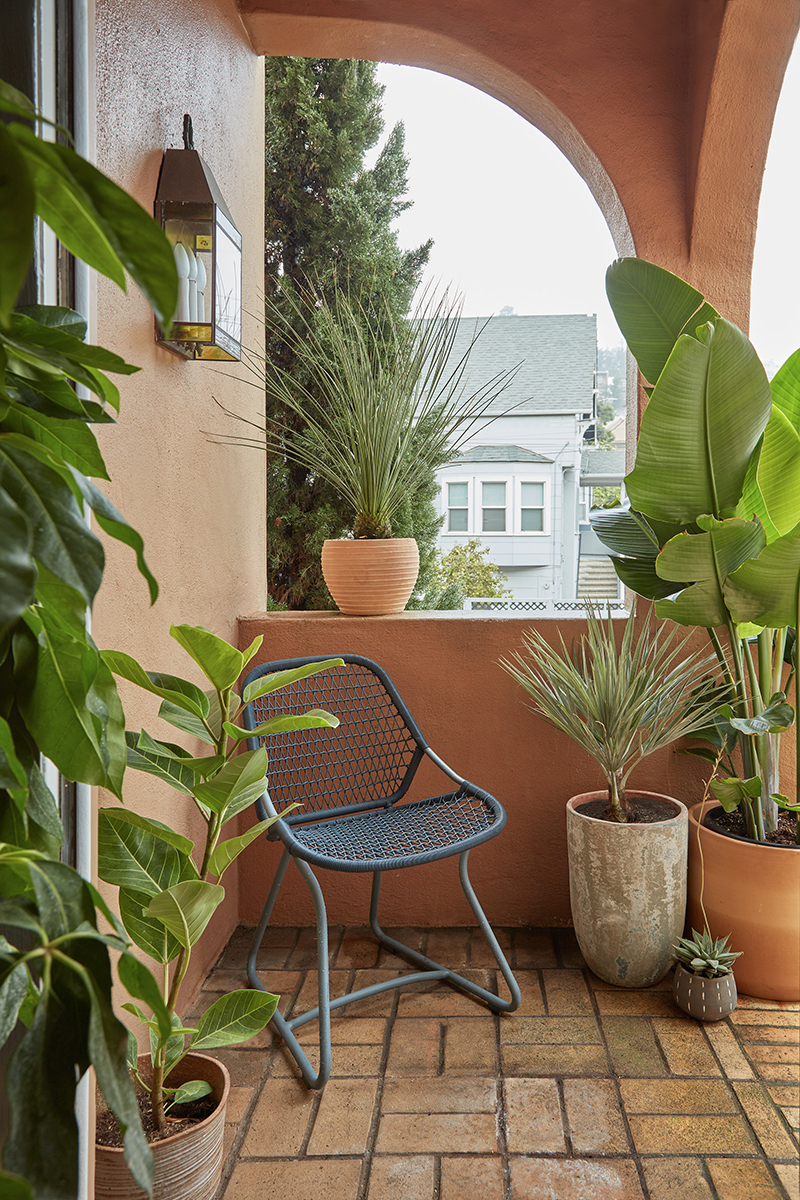
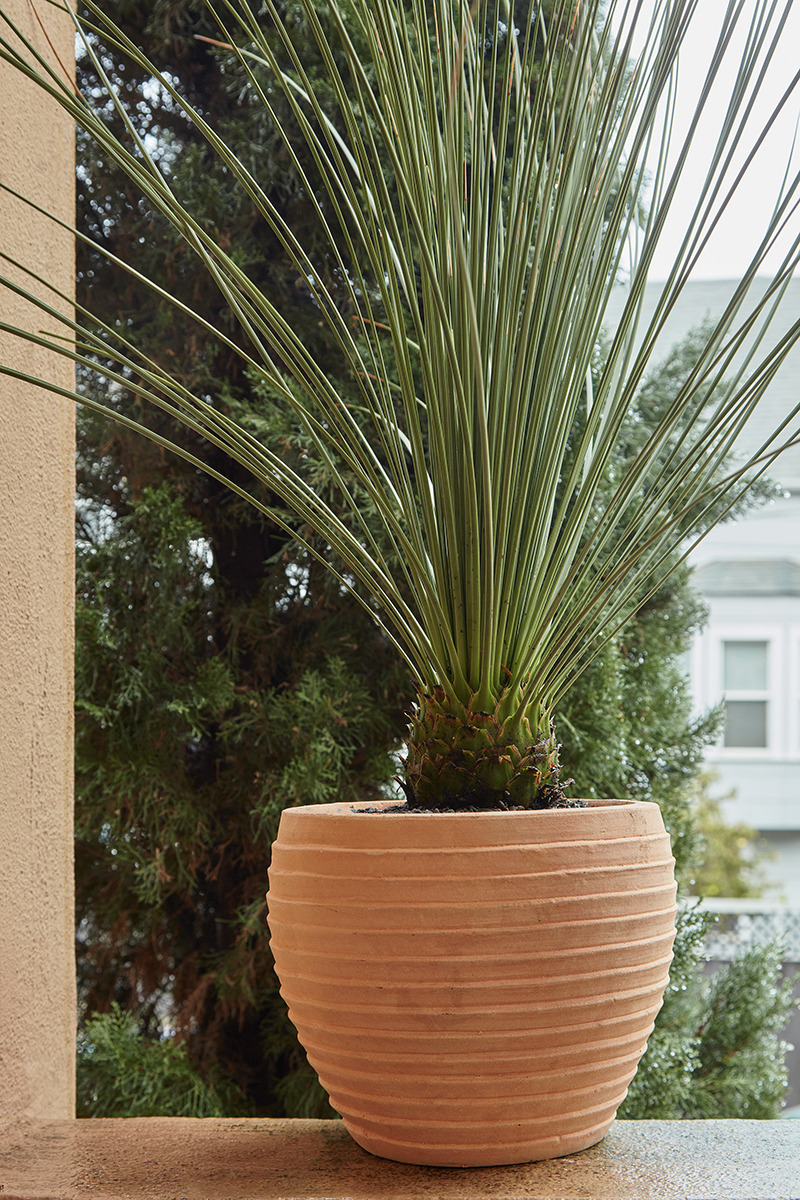
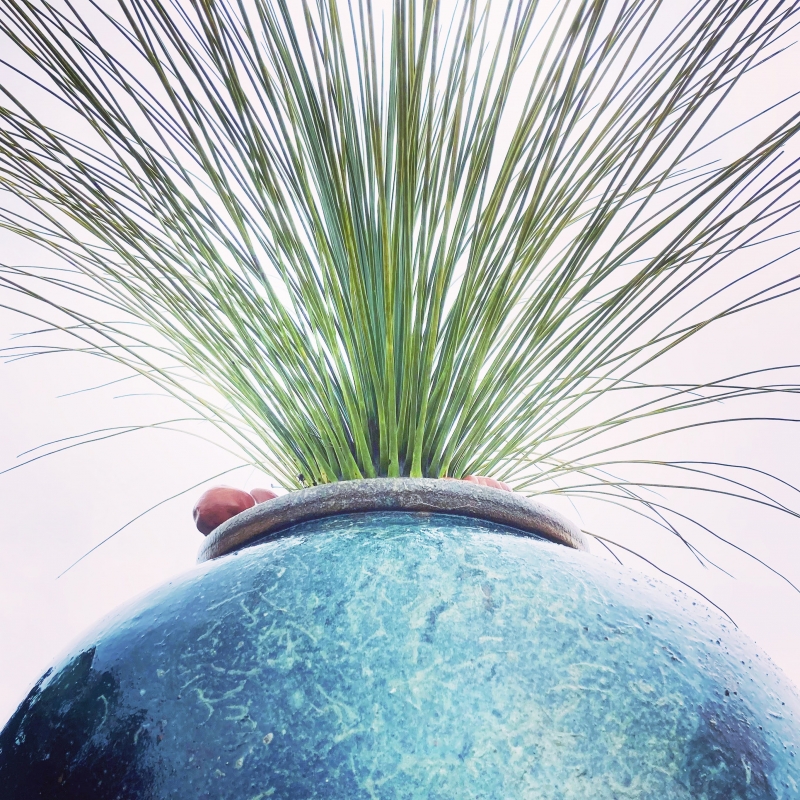
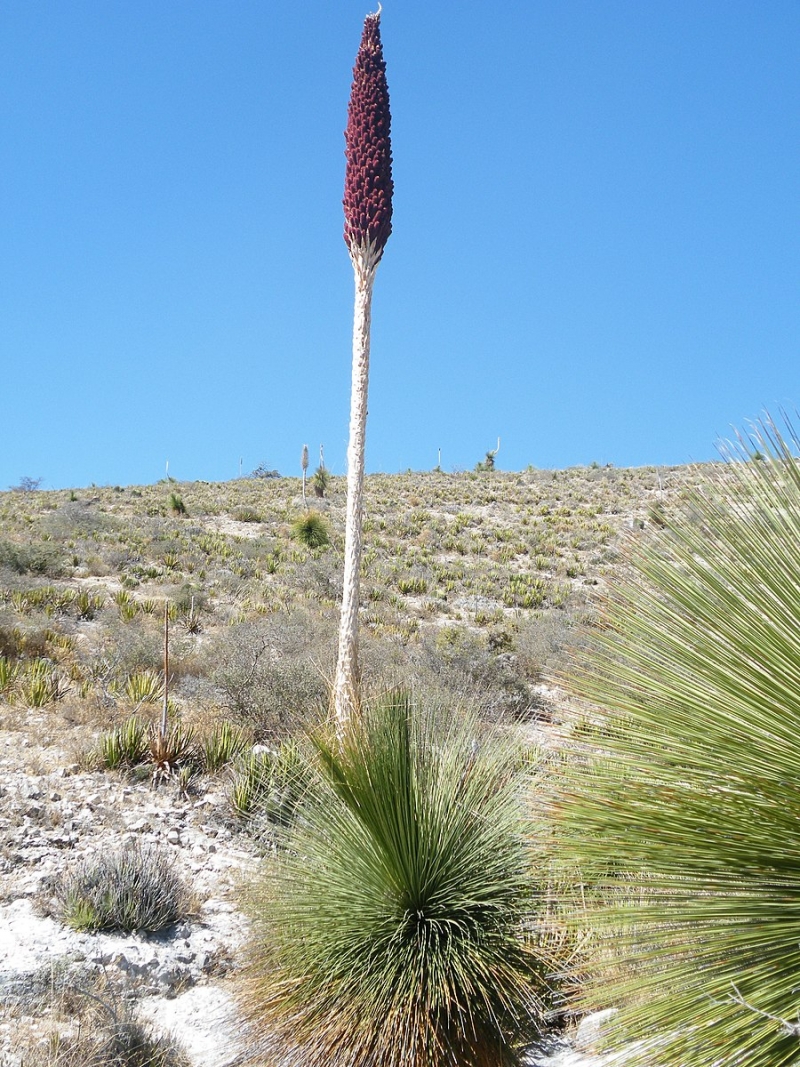
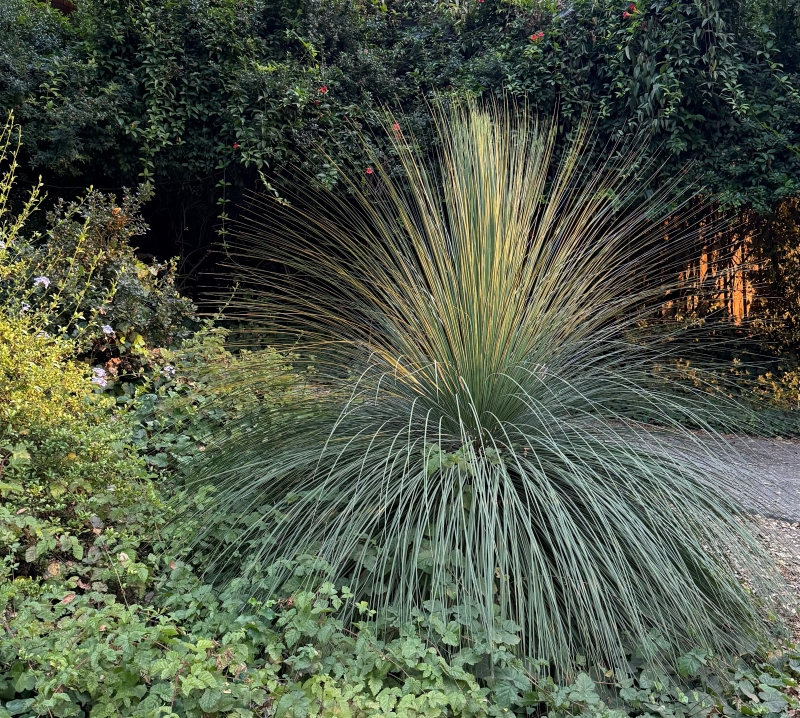
| height | 2–10ft | |
| width | 6–10ft | |
| tolerates | Drought, Heat, Pots, Rooftops, Neglect, Wind | |
| water needs |
Low | |
| water info |
Dasylirions are unusual plants from North American deserts. They are exceptionally drought tolerant, especially once established. They will love a sunny hot spot, but they’ll want summer water every week or two for the first few years to get established, since summer is when they receive rainfall in nature. Yellowing of leaves is a sign of overwatering or not enough drainage. Generally dasylirions remain solitary, though they do sometimes split from the top and grow into multi-trunked forms with great age. |
|
| hardy to |
15F | |
| exposure | Part Shade – Full Sun | |
| indoor outdoor |
Outdoor | |
| drainage | In Ground: Cactus Mix, In Pots: Cactus Mix, Tolerates Sandy Soil | |
| fertilizing | All Purpose | |
| origin | NE Mexico | |
| california native |
No | |
| sunset zones |
8, 9, 11–23 |
Full Sun
Six or more hours of sun beams directly landing on the plant's leaves.
Part Shade
Three to five hours of sun beams directly landing on the plant's leaves.
Part Sun
One to two hours of sun beams directly landing on the plants leaves.
Full Shade
The plant is never fully lit by sun beams,
but is in a bright spot or has dappled sunbeams playing over the leaves throughout the day.
Deep Shade
The plant never has dappled light on the leaves, and is in a place that feels dim, even on a nice sunny day.
